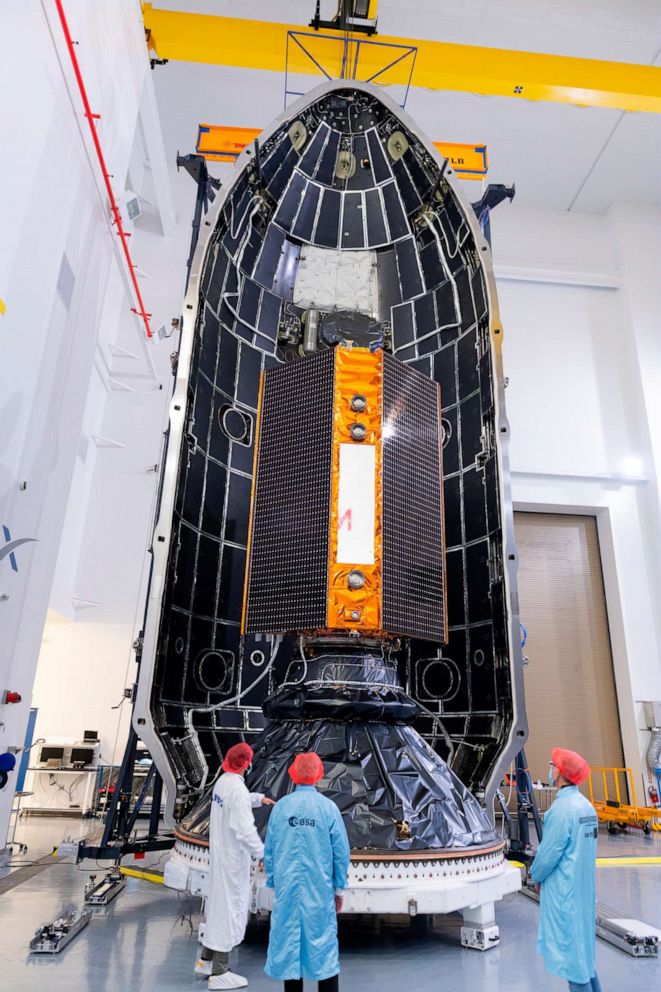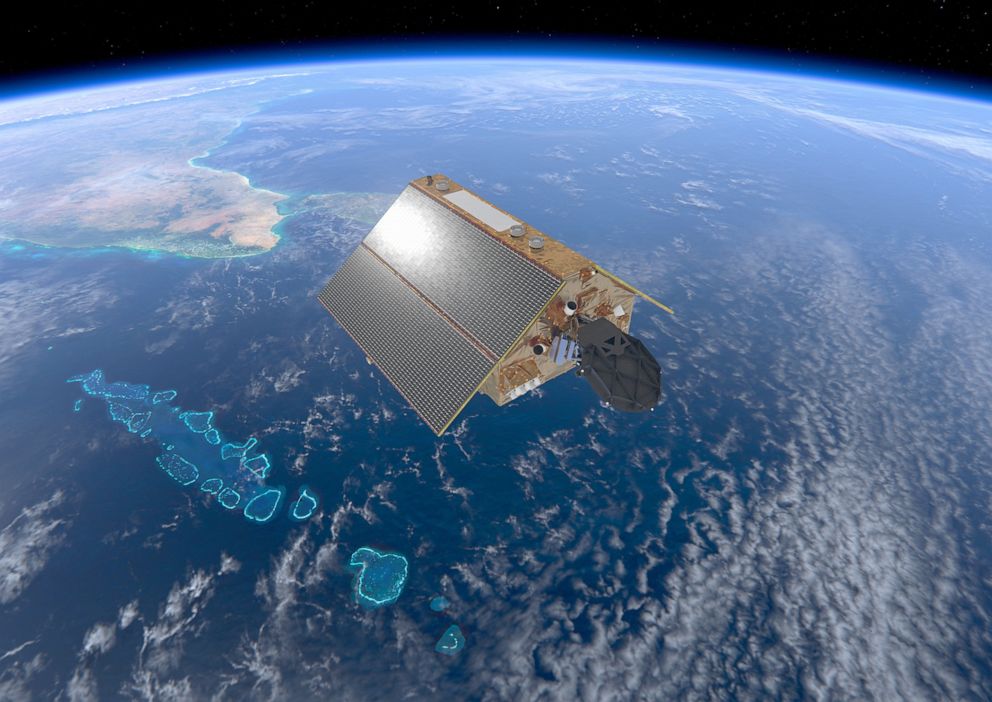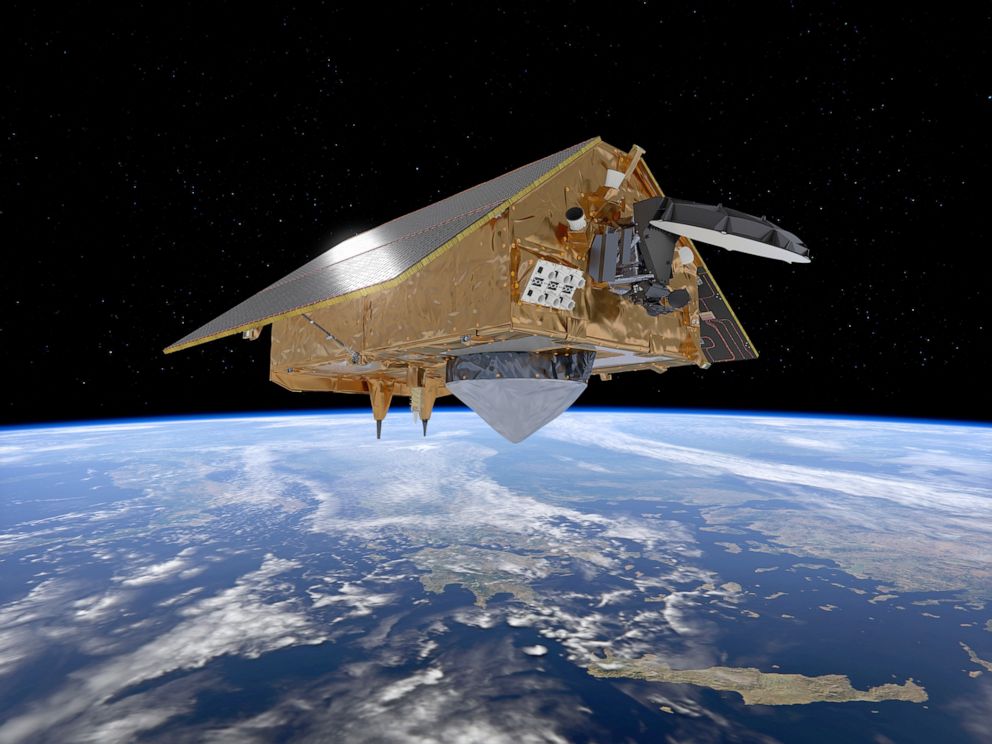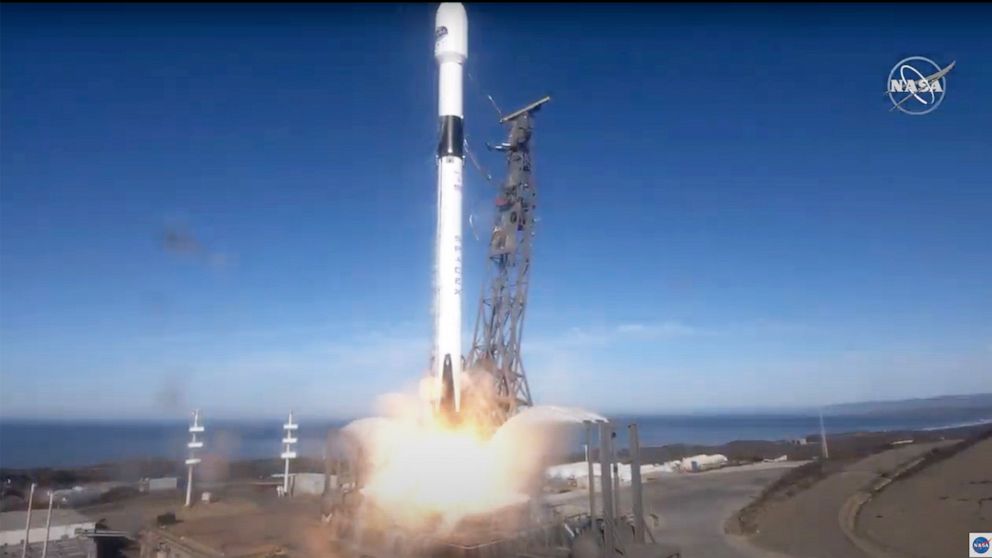New satellite that tracks ocean level rise lifts off

A SpaceX rocket launched a new American-European satellite that will monitor global sea levels and help our understanding of climate change on Saturday.
The Sentinel-6 Michael Freilich satellite, a collaboration between NASA and the European Space Agency, lifted off at 12:17 p.m. ET from Space Launch Complex 4 East at California's Vandenberg Air Force Base. It was carried to the cosmos by a SpaceX Falcon 9 rocket.

The launch was broadcast live on NASA's website.
"What we expect to see, the new science coming out of Sentinel-6: that it would open up new frequencies and give us a fuller picture of what do we know about the oceans," NASA program scientist Nadya Vinogradova-Shiffer said during a launch press briefing Saturday.

While its primary goal is monitoring Earth's oceans and sea level rise, the spacecraft also carries sensitive equipment that can track hurricanes and provide data that will improve weather forecasts and climate models on Earth.
One instrument will "help us do all sorts of improvements to forecasts, including using the atmospheric measurements to monitor hurricanes from their formation all the way through their whole life and dissipation," Eric Leuliette of National Oceanic and Atmospheric Administration said Saturday.
It is the first of two twin satellites with the same mission. The second is set to launch in 2025.
"The satellite will map 95% of Earth’s ice-free ocean every 10 days and provide crucial information for operational oceanography and climate studies," the ESA said in a statement. "Since sea-level rise is a key indicator of climate change, accurately monitoring the changing height of the sea surface over decades is essential for climate science, for policy-making and for protecting those in low-lying regions at risk."

The work of a handful of multinational organizations went into Saturday's mission, including the European Commission, the European Organization for the Exploitation of Meteorological Satellites, U.S.'s National Oceanic and Atmospheric Administration and the French space agency CNES.




